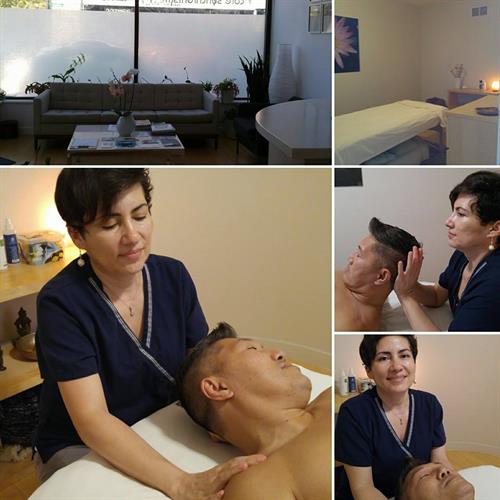Do you need to be worried about back pain? When you are young and your joints are strong, poor posture usually doesn’t cause pain or limit mobility. As you get older, however, if poor posture goes uncorrected, you begin to feel the effects on your joints. It will become more difficult to sit for long periods or to stand up from a sitting position. You may gradually lose some of the flexibility in your joints and start to feel pain in your joints making the effects of poor posture continue to worsen with time.

Prevent back pain and keep your spine healthy and happy!
1. Specifically exercise your abs and back. If your back and abdominal muscles are not in good shape, additional pressure can be put on the spine, which is already under the stress of supporting your entire body. When these muscles are well maintained they help support the spine reduces the chance of injury.
- I am an avid yoga enthusiast and the Cobra Pose first thing in the morning is used to strengthen the spine and buttocks as well as stretch the chest, shoulders, and abdomen. The Sanskrit name of the Cobra Pose, Bhujangasana, comes from the words bhujanga, meaning serpent, and asana, meaning posture. Strength and flexibility are important components of a healthy back.
2. Sit up straight—with support.
- At home, stop slouching! When slouching, the spine is curved unnaturally (your center of gravity is displaced) forces accumulate on specific areas, neck or middle or lower areas. Once more the whole system of muscles that are activated into a suspended, springy support (if you use yourself well) are also ‘turned off’ so that you require more muscular effort to keep yourself upright and on balance. This in turn puts more pressure on ‘parts’ of you, notably the spine.
- At work the right office chair plays an important role in promoting good posture and supporting the natural curves of your back. In addition to a comfortable chair, most experts recommend getting up to stretch and walk around every 20 to 30 minutes
3. So important to enjoy the benefits of massage.
- Therapeutic massages can assist in maintaining healthy muscle tissue in the surrounding area, taking the strain off of the spinal column.
- This is where I can help by providing an integrative structural balance therapy, specialized protocols specifically designed to release postural distortion and dysfunctional movement patterns in the body. Relieving the stresses on joints, spine, and discs that lead to pain and dysfunction.
4. Choose your shoes carefully. Whether you’re walking for exercise or just to get where you’re going, the shoes you wear have a big effect on your back. They should be well balanced, flexible, and comfortable. Good shoes not only provide protection for your feet, but also a supportive base that helps the spine and body remain in alignment.
5. Let your spine really rest while sleeping. Using the right mattress and pillow will support the spine so the muscles and ligaments can be stress-free and have a chance to become refreshed.
Symptoms poor posture can include:
- Rounded shoulders
- Potbelly
- Bent knees when standing or walking
- Head that either leans forward or backward
- Back pain
- Body aches and pains
- Muscle fatigue
- Headache
Cause of Symptoms: Postural Disorders generally occur over time due to improper body positioning when sitting and/or standing. Proper alignment of the body is very important to maintaining the strength of core stabilizing groups of the body. These core muscle groups of the upper body include the shoulder, back and neck muscles as they are the support system for the thoracic and cervical regions, preventing the body from returning to the original and natural, fetal position.
To fight the pull of gravity and maintain proper physical alignment, it is important to stand erect, head high and shoulders pulled back. To increase the entire support system and prevent and or rehabilitate improper posture, the implementation of specific exercises and precise treatment with Neuromuscular therapy to strengthen the posterior shoulders, back and posterior cervical spine are CRITICAL!
Possible disorders that can develop:
Ankylosing Spondylitis Arachnoiditis Degenerative Disc Disease (DDD) Discitis Facet Arthropathy Fractures Herniated Disc Ligament Injury Muskuloskeletal Injury Myelopathy Osteoporosis Radiculopathy Sacral Agenesis Sacroiliitis Scheuermann’s Kyphosis Scoliosis Spondylolisthesis Spondylolysis Stenosis Strains and Sprains Tumors.
The way in which you sleep, stand, and sit can all have an effect on your posture, and those that do not have good posture will often find that they wake up with aches and pains in areas such as the lower back and the neck. Over time posture related problems can become more deep seated and serious, so it is essential to get help with your posture sooner rather than later.
